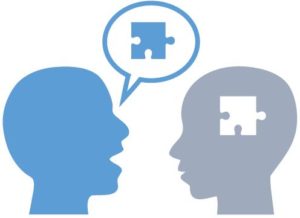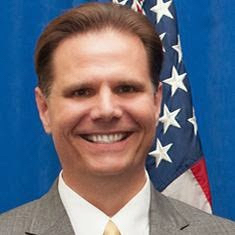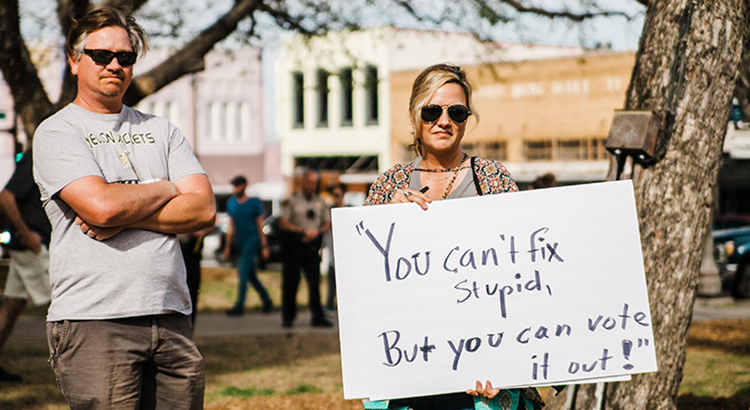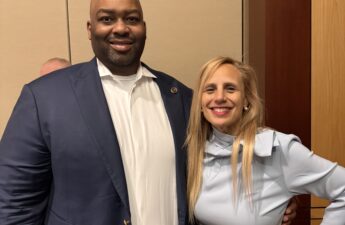By Todd Smyth:
What is the best way to reach voters? Although hundreds of millions of dollars are spent on political TV and radio ads and mailers, those have no lasting impact on voters as they only go in one direction.
“Research shows that almost half of all political ads are completely ignored,” says marketing consultant Matthew Sheffield, in the article “Do Political Ads Work? Research Suggests Not Really.” “Those that are watched do not change opinions,” says Sheffield. “Even during a campaign, advertising spending has almost no lasting impact,” he says.
Personal conversations increase voter turnout because they are interactive and focused. When someone answers the phone or the door, you have their attention. They can see your smile and share your enthusiasm. They can read your candidate button and touch your campaign literature. This is how we win tough elections and flip gerrymandered districts.
An expert in voter mobilization, Donald Green of Yale University, co-author of “GET THE VOTE OUT! How to Increase Voter Turnout,” says “Face-to-face contact seems to be the most effective tactic, raising turnout by 7 to 12 percentage points among those who are contacted.”
Many people you talk to will think, “If this person is willing to dedicate their time to this, the candidate can’t be all bad.“ A voter remembers this kind of interaction better than any other approach. Face-to-face conversations are the best, but many people won’t answer a knock on their door and that’s why we also make phone calls. When you call, you can reach about three times the number of people in about the same amount of time as knocking on doors.
The point is to make a personal connection with as many voters as possible. You don’t need to know much about the candidate or have the answer to every question. The main things we need to know are:
- Will they be voting in the upcoming election?
- Do they know who they will be voting for yet?
- What issue is most important to them?
You don’t even need to convince them to vote for your candidate. You will be one of 5 to 7 people who talk to an undecided voter and if they need persuasion, they will be contacted by campaign staff or other experienced canvassers.
The important thing is to have conversations with as many voters as possible and the more practice you get, the better you get. On rare occasions you will get a negative response from a voter. Don’t debate or argue, just say, “Thank you for your time, have a nice day” and move on to the next voter.
There are other benefits besides political ones. Canvassing is good exercise! And talking to voters develops life skills that will help you in other parts of your life. Once you try it and see how effective it is, the odds are good that you will become a regular canvasser.
To become a canvasser, visit the home page of Fairfax County Democratic Committee and click on the “Volunteer” tab. For a more detailed look at “Why We Talk to Voters,” click here.

Todd Smyth canvasses regularly as a precinct captain and member of Lee District Democratic Committee. He is an instructional designer and e-learning specialist.


